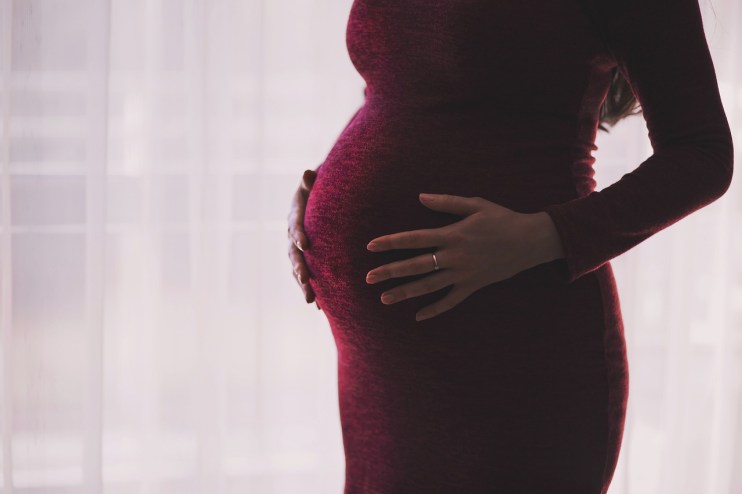Why women are waiting a decade longer to give birth than mum’s generation

New figures released by the Office for National Statistics (ONS) reveal that women are having children later compared to when previous generations have given birth.
Researchers looked at women who have now completed their families and discovered that the most common age for them to give birth was 31. For their mums, it was a whole decade earlier.
Despite this rise in the most likely age for women to have a child, the average family size is now creeping up after recent record lows. A leading health expert says increased access to fertility testing means women can safely plan to have children later in life, once their careers have been established and they have a settled lifestyle.
Dr Avinash Hari Narayanan (MBChB), clinical lead at London Medical Laboratory, says: “The latest official childbearing figures look at “completed families” by focussing on women born in 1977. That’s because after the age of 45 the number of women giving birth is relatively small and does not affect the overall patterns.
“The most likely age for a woman born in 1977 to give birth was 31. Her mother, however, was probably born around 1950 and most likely gave birth in her early twenties. That’s huge social and biological changes in childbirth patterns.”
However, the figures reveal that having children later doesn’t necessarily mean that families are getting smaller. In fact, there has also been a rise in average family size, showing that increased access to fertility testing and improved maternal health outcomes, mean women can safely enlarge their families at a later age.
Women in England and Wales who were born in 1977 have an average completed family size of 1.94 children. That follows on from an all-time low of 1.89 children for women born in 1972 and 1973. There has been a slight increase in the average completed family size for four consecutive years. The current average of 1.94 was last seen 15 years ago, for women born in 1962.
However, today’s average family size still has some way to go to match our parents’ generation. Women born in 1950 had an average family size of 2.07 children.
The new data also looks at British women aged around 30 (born in 1993) to see how their family patterns are developing. 44% of them have had one or more children before 30 years of age. This compares with 58% of their mother’s generation (born in 1965) and 81% of their grandmother’s generation (born in 1938).
“These fascinating figures show that women now have increased confidence in information surrounding their fertility. Easier access to improved testing means they can plan families with greater certainty than ever before. A woman can now build her family around positive choices such as establishing her career or choosing to settle with a partner later in life,” Dr Narayanan added.
“Fertility hormones testing gives highly accurate measurements for vital hormones like oestrogen, progesterone, testosterone, luteinising hormone (LH) and follicle-stimulating hormone (FSH). These are all vital for sexual development and reproductive function.”